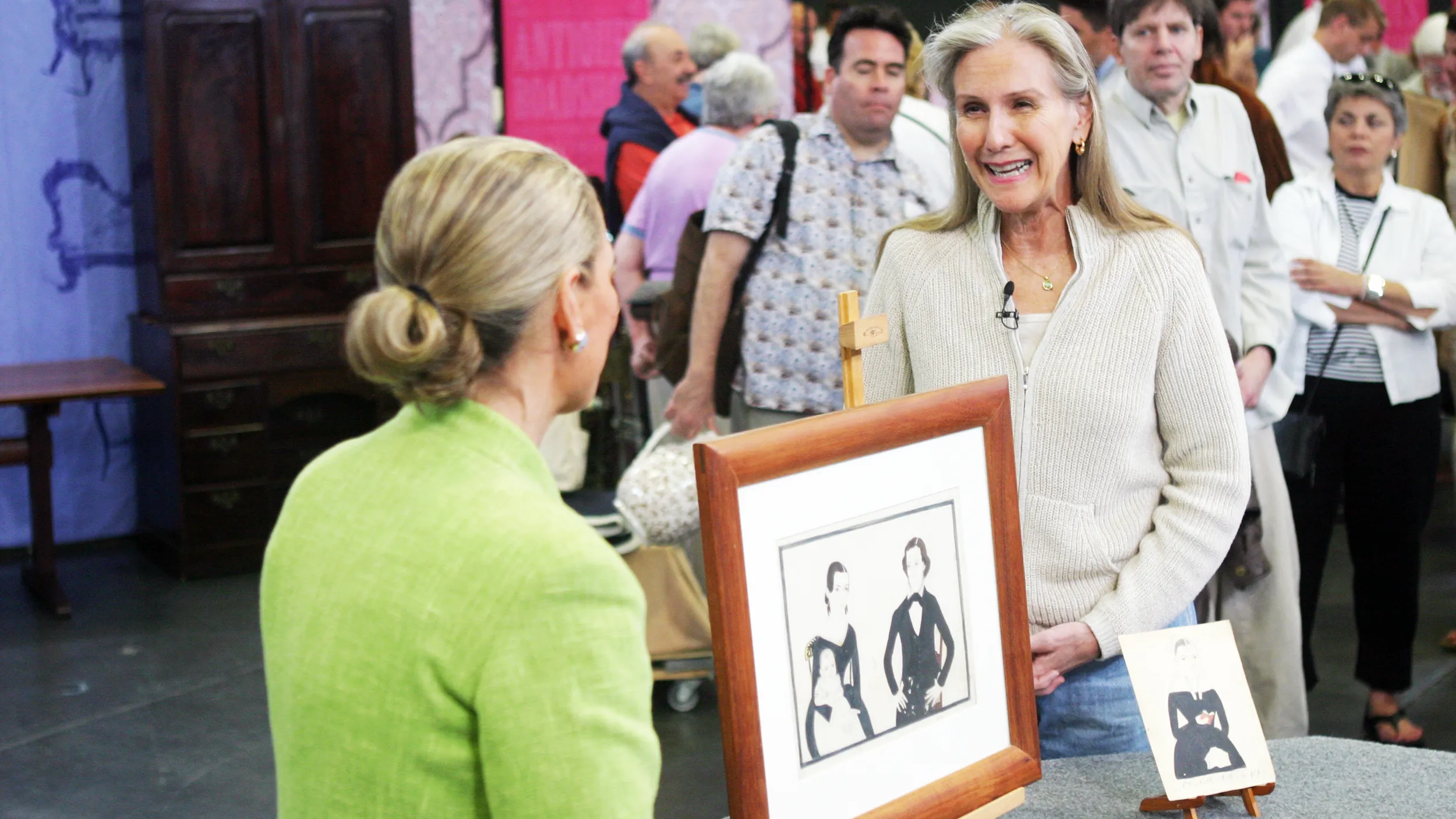GUEST: It was given to my great-grandfather in Shanghai, I believe, in the 1920s...
APPRAISER: Uh-huh.
GUEST: From the French Embassy or French Consulate.
APPRAISER: Okay, so how did the vase get from there to here?
GUEST: Well, that was my great-grandfather, passed on to my grandmother, who was in Hong Kong and immigrated here, I believe in the 1970s.
APPRAISER: Okay.
GUEST: And that passed on to me.
APPRAISER: Okay. Well, it's a Sèvres vase, it has Sèvres marks.
GUEST: Oh.
APPRAISER: It has an underglaze green mark that says, "1912," which, that would have been the year that the vase was actually made, the blank vase.
GUEST: Oh, I see.
APPRAISER: Then it sat around for a year or two, and then it was decorated in 1914, the red mark. Now, frequently these marks can be faked.
GUEST: Uh-huh.
APPRAISER: But what we do past that is, we look at the piece itself, to look at the quality and the decoration.
GUEST: Mm-hmm.
APPRAISER: And this is the highest-quality hand-enameled decoration in very much the Art Nouveau style, which was very popular at that point.
GUEST: Mm-hmm.
APPRAISER: But this was very modern. Art Nouveau had been around ten or 20 years...
GUEST: Mm-hmm.
APPRAISER: And in China, it would have been a very marvelous Western sort of thing. And these wonderful sinewy flowers and tendrils winding down the vase. Sèvres earlier had done a completely different styles, but around the turn of the century, they really switched directions, and instead of being the old fuddy-duddy company, they were creating these new wonderful styles. Because of the great quality and the wonderful style of this vase, it would probably now be worth somewhere in the $2,500 to $3,500 range.
GUEST: Oh, my.











